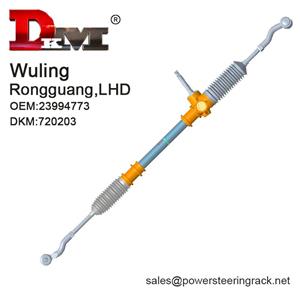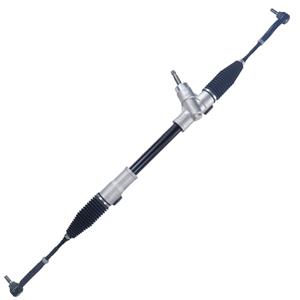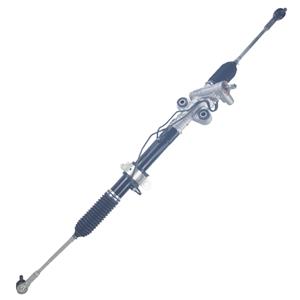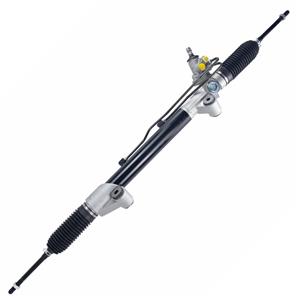-
Manual steering system: no steering fluid is required. Hydraulic power steering system: steering fluid is required. The steering fluid in the hydraulic system is responsible for transmitting pressure, lubrication and heat dissipation. Electronic power steering system: no steering fluid is required.
-
Because the manual steering system is usually designed to be simple, and in some models, the design of the wheel and steering system does not take into account too much power assistance, the manual steering rack needs to bear greater pressure.
-
Through the above analysis, it can be concluded that not all steering racks require hydraulic oil. Specifically, the steering racks of manual steering systems and electric power steering systems do not require hydraulic oil, while the steering racks of hydraulic power steering systems rely on hydraulic oil to provide steering assistance.
-
Manual steering rack has a simple structure and low cost, but requires the driver to exert greater operating force; while hydraulic steering rack greatly reduces the driver's operating burden through the hydraulic power assist system, but the maintenance requirements are relatively complex and the control feel is slightly reduced.
-
The answer is no. The manual steering rack does not require a power steering pump, which is one of the fundamental differences between it and the power steering system. The power steering pump is a key component that provides hydraulic assistance to the hydraulic power steering system.
-
The manual steering system, also known as the mechanical steering system, is the earliest automotive steering technology. It transmits the rotational motion of the steering wheel to the wheels of the vehicle through a physical connection. The power steering system is developed on the basis of the manual steering system.
-
Cadillac first introduced power steering in its production cars in 1952. At that time, power steering technology had been relatively mature, especially after Chrysler launched the first mass-produced car equipped with a hydraulic power steering system in 1951
-
From the late 1950s to the 1960s, more and more American automakers began to equip their models with power steering systems. During this period, power steering gradually evolved from an optional configuration for luxury models to a standard configuration for mid-to-high-end models.
-
The manual steering system completely relies on the driver's power for steering, and the mechanical structure is relatively simple, mainly relying on the rack and pinion mechanism to achieve steering. The hydraulic steering system adds a hydraulic power assist device on the basis of the manual.
-
In the current automotive market, hydraulic power steering systems (HPS) and electronic hydraulic power steering systems (EHPS) are still widely used, and both systems rely on power steering pumps.




